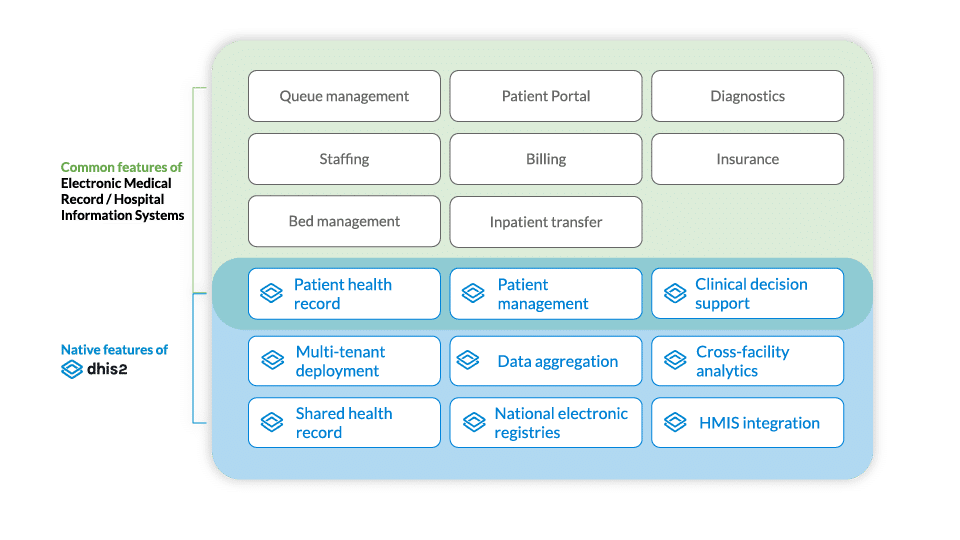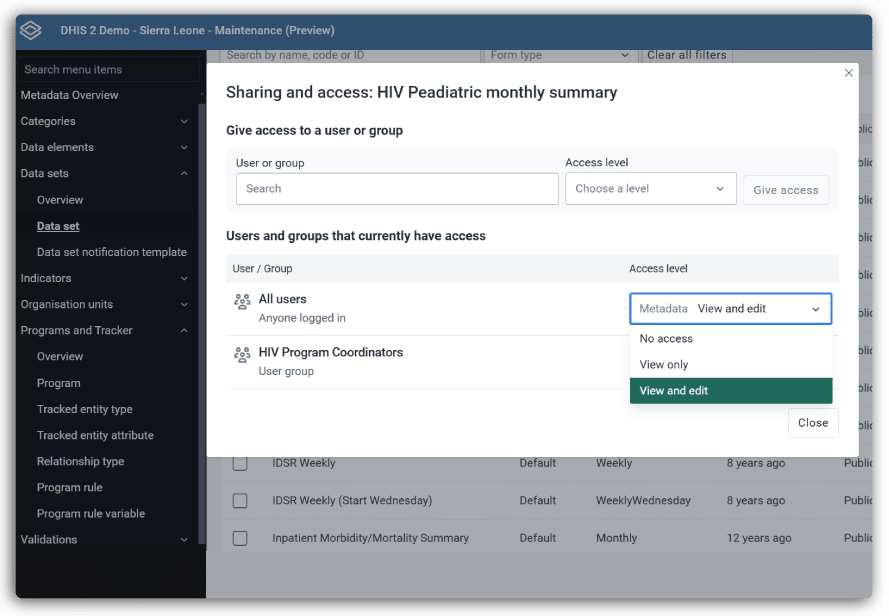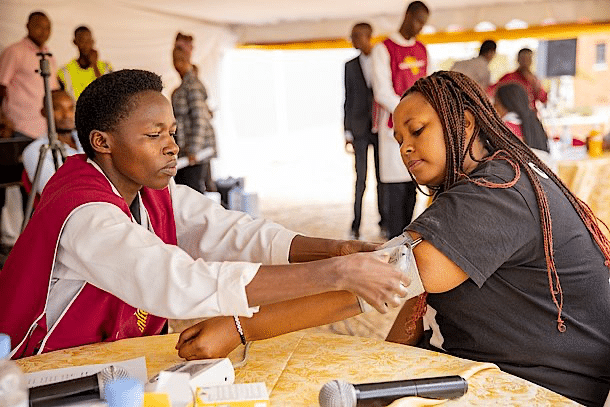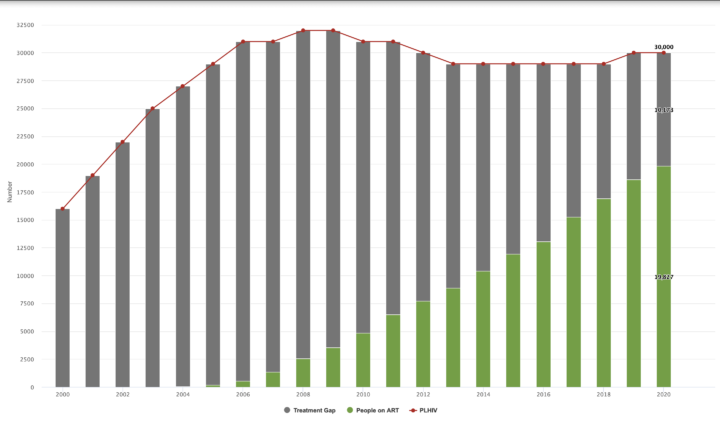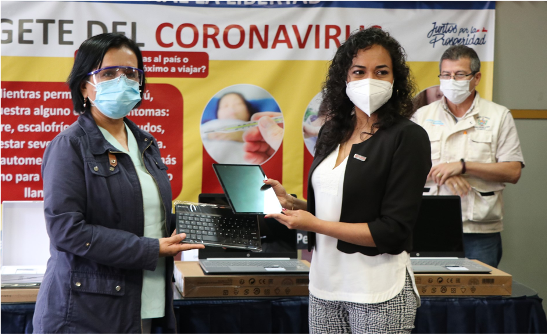Using DHIS2 as a digital registry
Digital registries built on DHIS2 have proven effective in achieving results for high-priority health interventions–such as helping to reduce vaccination dropout rates and improve TB surveillance and HIV treatment adherence. When implemented in DHIS2, these systems also benefit from several key EMR-like features–including decision support, automated patient messaging, and longitudinal records. Registries implemented in DHIS2 also benefit from robust features for automating the aggregation and analysis of individual-level data, allowing seamless integration with the HMIS for routine reporting and analysis of key indicators.
The use of DHIS2 as a digital registry is well established. DHIS2 is listed by GovStack as a Digital Registry “Building Block” software tool, supporting Digital Public Infrastructure (DPI) approaches for individual-level data management in the health sector and beyond. More than 80 countries around the world use DHIS2 to manage individual patient or client data for one or more health programmes, with hundreds of millions of individual records in DHIS2 systems worldwide. Some countries, such as Palestine and the Maldives, have combined numerous programme-specific Tracker modules together into one holistic system for electronic patient records in DHIS2.
Using DHIS2 as a shared health record/EHR
By deploying DHIS2 as a Digital Registry/Tracker or lightweight EMR, countries can also leverage its robust data management and analysis features to use DHIS2 as a shared repository, which is supported by DHIS2’s default role as a centralized national registry. DHIS2 can also serve as an EHR/shared health record within a larger health information system architecture, allowing countries to bring together individual health records and data from a range of EMRs, including EMRs that are deployed using other software solutions. In scenarios where there are many kinds of EMRs/Trackers in use in one country, DHIS2 can thus provide a unified platform in which data from these siloed systems can be analyzed holistically–including linking individual patient data with routine health data in the national HMIS–providing health stakeholders with better oversight and ability to analyze and respond to health trends.
Using DHIS2 as a facility-level EMR for primary healthcare
Using DHIS2 as a lightweight or “mini” EMR at primary care level offers several advantages – particularly in contexts where full EMRs are impractical due to cost or infrastructure limitations. Because such systems can be built within existing DHIS2 infrastructure–and because it is deployed as a multi-tenant system, with one central instance serving multiple health facilities, unlike EMR solutions that must be locally deployed at each facility–Ministries of Health can introduce longitudinal patient records and EMR-like functionalities at the point-of-care without the heavy costs and delays associated with deploying EMRs at scale. They also benefit from DHIS2’s proven design for low-resource settings—supporting offline mobile data capture and native aggregation of patient-level data into national systems. Moreover, DHIS2’s interoperability and extensibility allow for additional EMR features through custom apps or integration with other platforms.
Despite these advantages, it should be noted that DHIS2 was not specifically designed to support the full range of EMR functionalities. It lacks key functionalities required by larger hospitals and inpatient facilities, such as billing, insurance, and diagnostic workflows; patient portals, appointments, and queueing; as well as staffing and bed management (though some of these can be covered to a limited degree using basic DHIS2 forms). DHIS2’s role as a pragmatic, lightweight EMR can help to overcome traditional barriers to digitizing patient data at the primary healthcare service delivery level, while also enabling interoperability and integration with more comprehensive EMR software established at hospitals and other secondary/tertiary care levels.
